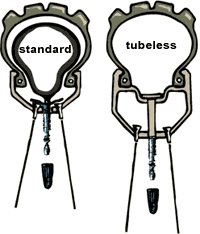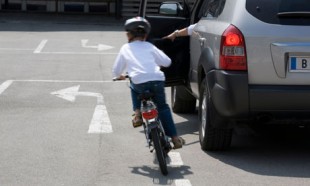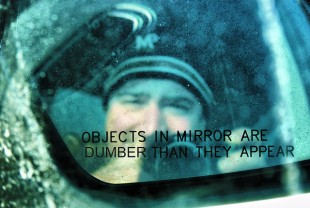Friends,
First comes first… production update for our new bike lights - The Aviator and Afterburner.
We’re behind. Way behind. We haven’t even ordered tooling yet. Here’s the scoop:
Remember how we rejected the first batch of quotes because of astronomical prices or untrusted quality? And then remember how we went full force to find the perfect contract manufacturer: starting with a long list of 33 potential partners à short list of 10? Now we’re down to 4.
All 4 come from trusted references but we need to be sure. So we’re flying across the world to visit them and scrutinize the full supply chain. And everything we see we will share with you: machines, labor conditions, materials, dies, molds, PCBs, assemblies.
We’re not delivering in April. We are now aiming for summer but will know more in two weeks when Slava returns from Asia. This kills us and we lose sleep over it but again we’ve prioritized quality and this is the price we pay.
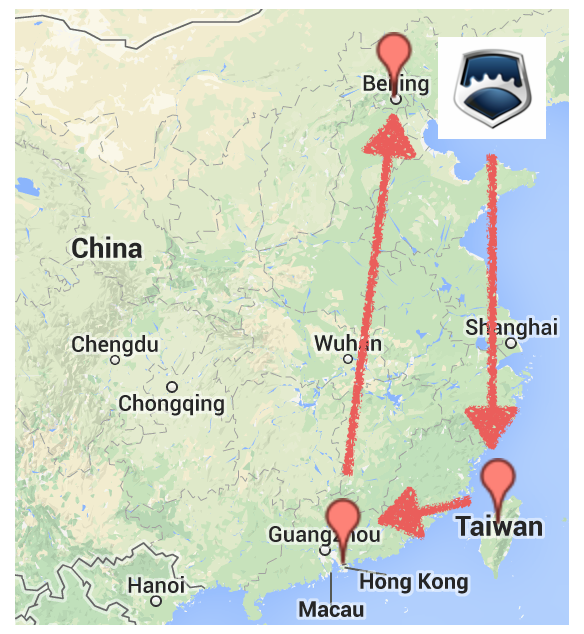
Take that, Energizer Bunny.
You may recall that our prototype for our new bike lights the USB battery was rectangular. Since then we’ve upgraded the design to make it more compact and easier to remove with the same charging capacity. We also added an anti-shock feature to the battery housing - a rib that slides into an internal groove in the light, fully securing the battery in place. This battery is going to be awesome!
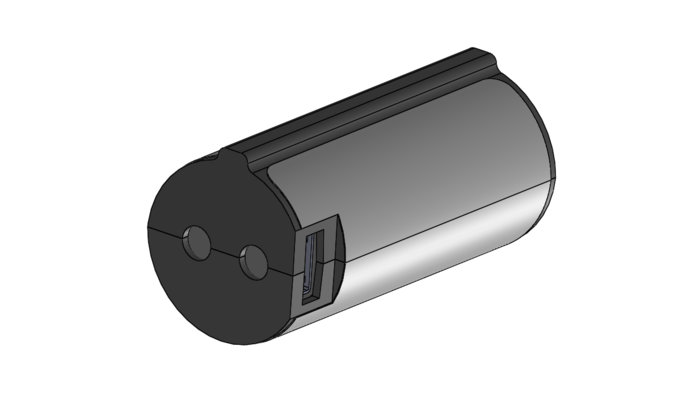
Your Favorite Turn-offs!
You can turn us on with a press of a button but how do you want to turn us off? Remember there will be 3-4 light modes (Full on, Full blinking, eco blinking, etc.)
Option A: Cycle through from On -> Blink -> Eco -> Off
Option B: Hold down the button for 2 seconds to turn off
Tell us what you think in the comments!
Love,
